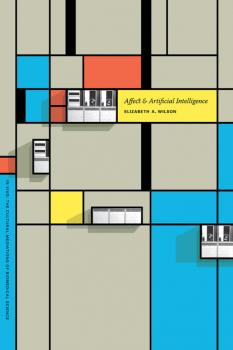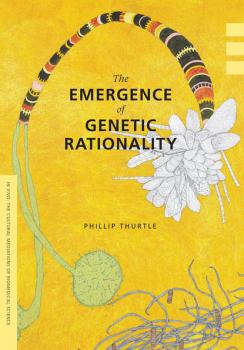ТОП просматриваемых книг сайта:
In Vivo: The Cultural Mediations of Biomedical Science
Скачать книги из серии In Vivo: The Cultural Mediations of Biomedical ScienceThe Pulse of Modernism - Robert Michael Brain
In Vivo: The Cultural Mediations of Biomedical ScienceАннотация
Информация о книге
Автор произведения Robert Michael Brain
Серия In Vivo: The Cultural Mediations of Biomedical Science
Аннотация
Информация о книге
Автор произведения Todd Meyers
Жанр Медицина
Серия In Vivo: The Cultural Mediations of Biomedical Science
Аннотация
Информация о книге
Автор произведения Richard M. Doyle
Жанр Биология
Серия In Vivo: The Cultural Mediations of Biomedical Science
Affect and Artificial Intelligence - Elizabeth A. Wilson
In Vivo: The Cultural Mediations of Biomedical ScienceАннотация
Информация о книге
Автор произведения Elizabeth A. Wilson
Жанр Журналы
Серия In Vivo: The Cultural Mediations of Biomedical Science
Аннотация
Информация о книге
Автор произведения Marsha Rosengarten
Жанр Медицина
Серия In Vivo: The Cultural Mediations of Biomedical Science
Аннотация
Информация о книге
Автор произведения Группа авторов
Жанр Журналы
Серия In Vivo: The Cultural Mediations of Biomedical Science
Аннотация
Информация о книге
Автор произведения Melinda E. Cooper
Жанр Журналы
Серия In Vivo: The Cultural Mediations of Biomedical Science
The Emergence of Genetic Rationality - Phillip Thurtle
In Vivo: The Cultural Mediations of Biomedical ScienceАннотация
Информация о книге
Автор произведения Phillip Thurtle
Жанр Журналы
Серия In Vivo: The Cultural Mediations of Biomedical Science
Generating Bodies and Gendered Selves - Eve Keller
In Vivo: The Cultural Mediations of Biomedical ScienceАннотация
Информация о книге
Автор произведения Eve Keller
Жанр Языкознание
Серия In Vivo: The Cultural Mediations of Biomedical Science
Аннотация
Информация о книге
Автор произведения José Van Dijck
Жанр Журналы
Серия In Vivo: The Cultural Mediations of Biomedical Science










